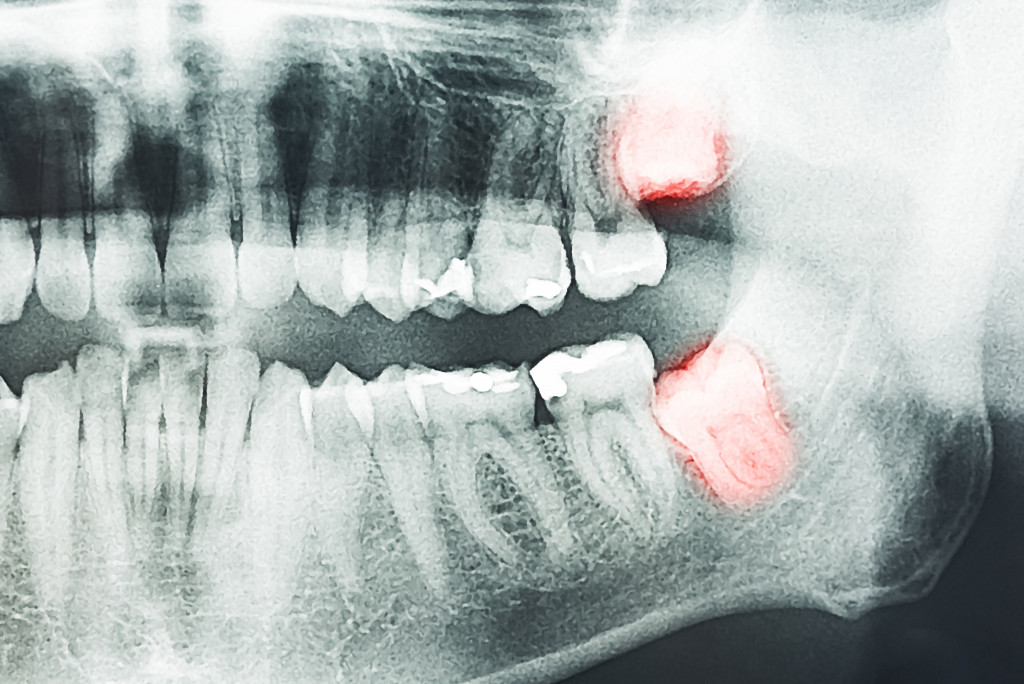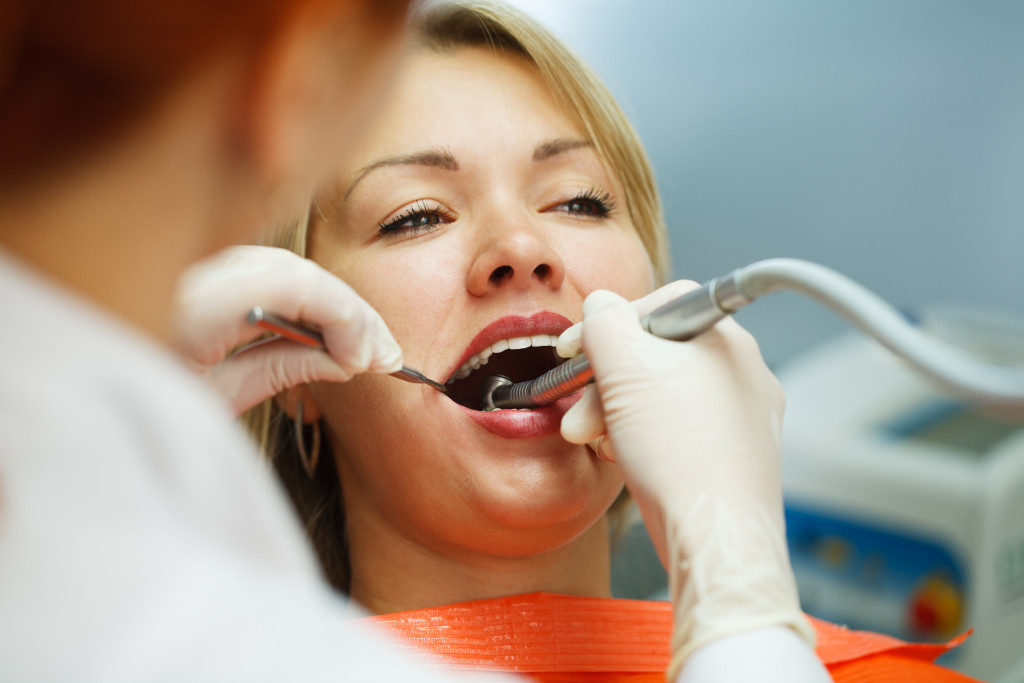Dentistry has come a long way in the last few years. There are now new tools and techniques that make the experience more comfortable for patients. They also make dentists more efficient, improve accuracy, and reduce the risk of complications.
Here are some of the most recent technologies dominating a dental clinic today:
1. 3D Printing
3D printing has been a game-changer for dentistry. Dentists can now use 3D printers to create models of patients’ teeth and jaws on computers and then easily print them out in plastic or wax, allowing them to study and plan treatment before they begin work on the patient’s natural teeth.
3D printing also allows engineers working on new products to test their designs with replica teeth instead of buying expensive equipment that would be used only once as part of the design process.
2. Robots
Dentistry has become so complex that many procedures require the work of multiple specialists. Dentists use robots to perform surgeries and assist during more complicated procedures.
They can handle some tasks better than humans, such as drilling areas where a tooth meets a gum line, because they don’t get tired or make mistakes due to stress.
3. Cold Lasers
Cold laser treatment uses low-level lasers to destroy bacteria, reduce inflammation, relieve pain, and speed up the body’s ability to heal. The new technology has become essential for gum surgeries because it can remove diseased tissue without damaging healthy surrounding cells, resulting in faster healing of the wound.
It is particularly beneficial for people dealing with tooth sensitivity. Dentists who use cold lasers claim they can minimize the discomfort their patients feel during dental work by speeding up the healing of exposed nerve endings.
4. 3D Scanners
These devices are creating more accurate models of patients’ teeth so that dentists have a better understanding of their tooth health before they do any procedures.
They use an intraoral camera to take photos of the surface of the tongue, gums, and cheeks, as well as X-rays of teeth and bones, to create 3D images on computers that are then added to existing CT or MRI scans for a clearer picture.
4. Digital Imaging Software
One of the most frustrating parts of being a dentist is explaining what you see in an X-ray or scan to your patient. Some solutions allow doctors and patients to explore the mouth together on a computer screen to understand better what might be causing pain or discomfort.
5. Artificial Intelligence (AI)
A recent discovery in the United States allows us to predict a person’s age by analyzing their teeth, significantly impacting forensic science. In addition, AI is being used to perform root canals and create crowns with greater accuracy, less invasively, and more cheaply than ever before.
Further, dentistry is using AI to identify abnormal and normal structures. By using deep learning, dentists can make more accurate diagnoses and determine the nature of abnormalities in teeth. This technology takes patient scans and uses them to train an AI system to identify tooth disease with a high degree of accuracy.
AI can also be trained to predict treatment outcomes. It can create simulations of surgery procedures, identify teeth that are at high risk for caries, and determine which areas of the mouth are most likely to show signs of decay.
6. Digital X-Rays

Digital x-ray technology has been around for about 15 years now, but it is still improving with every year.
The newest systems convert images taken by traditional X-ray machines into digital files that can be shared instantly on computers, smartphones, and tablets without losing any quality.
Doctors also find them more convenient than film because they don’t have to spend time developing or storing these images themselves. They just print out hard copies if necessary.
7. Augmented Reality (AR) and Virtual Reality (VR)
Augmented reality is currently being tested in the dental industry to improve patient care.
AR can be used to overlay a 3D model of a tooth with virtual images so that the dentist and the patient can visualize what might be causing pain or discomfort.
In addition, AR can help patients learn how to brush their teeth properly by providing visuals on where plaque tends to build up and demonstrating proper brushing techniques.
Healthcare professionals are also using VR headsets to create a more immersive experience for children during dentistry visits, allowing them to feel as though they’re in a video game instead of an office chair.
Dentistry is an ever-evolving field – and rightfully so. Patient needs can change, and new technologies become available that will help dentists become better in what they do.

